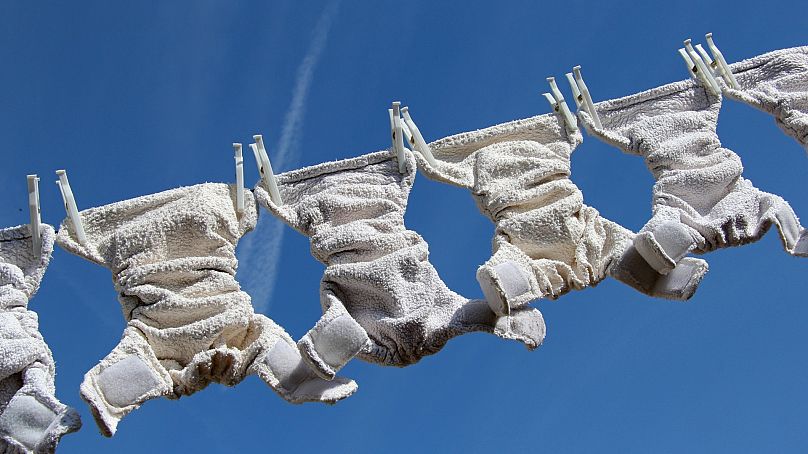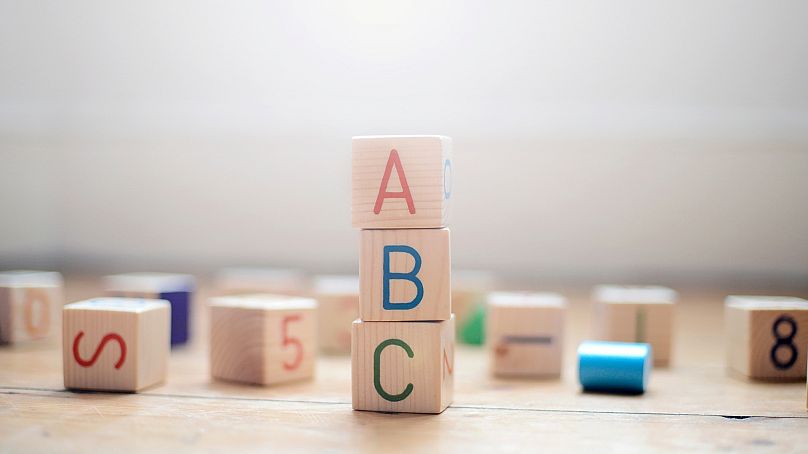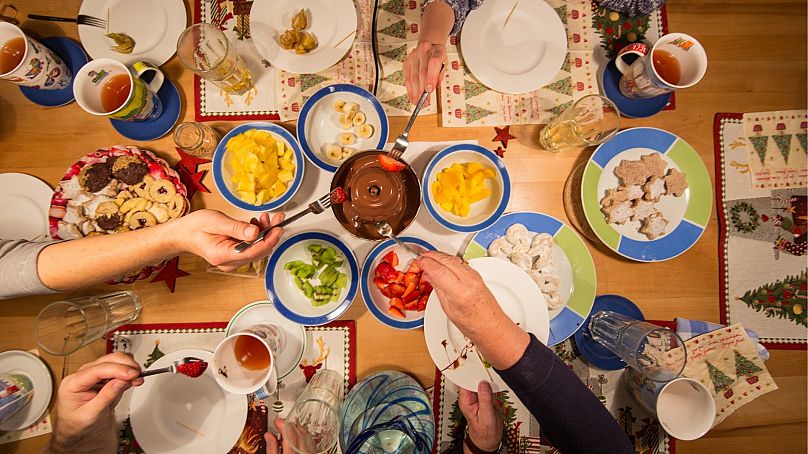We bring you the best ways to raise an environmentally-conscious child.
Raising children has always been equal amounts rewarding and challenging. But now there’s an added element to factor in when considering parenthood: the climate crisis.
Many wonder whether they should bring children into the world when extreme weather, mass climate migration and water shortages could be their everyday reality.
Most of us can’t control what happens on a global scale, but if we think about how we can reduce our carbon footprints on a local scale, we can make a difference.
Not only that, but by living greener your child will be more likely to follow in your footsteps and carry on sustainable habits.
According to a 2017 study, having a child in a developed nation adds 58.6 tonnes of CO2 per year to your carbon footprint. But there are many things you can do to reduce this.
Read on for our top 8 ways to be a greener parent and raise an eco-conscious child.
1. Use reusable nappies
As nappy choice will have to be one of the first decisions you make when your baby is born, it deserves the number one spot on our list.
Disposable nappies are a big problem, with an average of 3 billion thrown away in the UK every year according to WRAP, the campaign group for reusable nappies.
Some places, such as the Pacific Ocean archipelago of Vanuatu, have tackled the waste by banning disposable nappies altogether. Other countries are likely to follow suit.
Get ahead of the crowd and opt for reusable nappies right from the start. They can be used over and over again and by multiple children too. While you may be concerned that reusable nappies are more hassle than they’re worth, they could save you up to £500 (€588) in the first 2.5 years of your child’s life, according to WRAP. This also factors in the cost of washing them too.
2. Make homemade baby food
Making your own baby food is easier than you think, and can help cut your carbon footprint. Disposable food pouches are difficult to recycle as they are composed of many layers of material to help keep the food fresh. If you do use pouches though, you can recycle them through Terracycle’s food pouch scheme.
If you want to make your own baby food, there are lots of great options available. Making your own will also help you to control the amount of sugar your baby consumes, with many shop-bought products high in sugar and less nutritious than homemade food.
3. Join the circular economy
It’s no secret that children grow out of things very quickly. Which makes secondhand clothes and toys a no brainer. App YoungPlanet helps you to pass on your children’s toys, clothes and equipment for free to other parents in your area. There are loads of options available for buying secondhand now too, from charity shops and eBay, to the UK based Mum 2 Mum Market.
4. Buy wooden or natural toys
If you want to buy some new toys, though, consider what they’re made from. Wood and natural fibre toys are a great alternative to plastic ones. With so many toys ending up in landfill - 80% according to some studies - making sure the toys you invest in are sturdy and long lasting will reduce waste.
Websites like Envirotoy which only stocks plastic free toys are a great option, while the Ethical Superstore stocks toys and kids clothing too.
Learning to say no is vital too, if you want to reduce the amount of toys that end up in your home. With so much marketing aimed at children, this might not be popular. But helping children to understand the impacts of over-consumption, by getting into the habit from an early age will save them, you, and the planet a fortune in the long term.
5. Ditch the car
Getting in the car to drive your kids to school might be convenient, but it’s not good for them or the environment. Toddlers aged 1 to 2 need at least 3 hours of physical activity a day.
Car idling at school gates is another part of the problem, with the Royal College of Physicians estimating that 40,000 deaths are caused by air pollution in the UK alone.
If you don’t live within walking distance of your child’s school, consider your public transport options before getting behind the wheel. With kids travelling for free in many countries, it may well be cheaper than buying and maintaining a car.
6. Eat together (and mostly plants)
Eating together as a family will help to reduce food waste as you won’t be making separate meals. While young babies can’t have certain foods, once they’re a bit older you can puree your own food and feed them too. If you want to reduce their carbon footprint further, consider how much meat and fish you eat as a family.
7. Use biodegradable wet wipes
Children are such dirt magnets that keeping them clean can feel like a full-time job. Opting for quick and easy solutions like wet wipes can feel like the convenient choice. But they are terrible for the environment - they’re used for seconds, then take years to biodegrade. The waste they create has become so bad that they’re blocking sewer systems.
Thankfully, lots of reusable and biodegradable options are now available, such as these reusable and washable wipes from natural babyware company, Kit and Kin.
8. Grow your own food and houseplants
If you’re lucky enough to have a garden, growing your own food is one of the number one ways to be greener. But even if you just have a sunny window sill, you can still grow in pots.
Introducing children to food growing is one of the best ways to help them understand just how much we depend on nature for survival. Making them more likely to want to protect it.
If growing food feels a little too daunting, houseplants are the next best way for children to interact with the natural world and learn how to care for living things.There are loads of great books and guides available too, if you want more advice about talking to your children about climate change.














